Ludwigia brevipes
Scientific name: Ludwigia brevipes
Family: Onagraceae
Maximum size reached under cultivation: 15 - 30 cm (5.91 - 11.81 inch)
014
Recommended pH range: 5.3 - 7
Recommended water hardness: 3 - 16°dGH (53.57 - 285.71ppm)
0°C 32°F30°C 86°F
Recommended temperature range: 20 - 26 °C (68 - 78.8°F)
Preferred propagation method: Cuttings
Native to: North America
Growth rate: Normal
Recommended substrate: Fine gravel
Lighting requirements: Bright
Ideal placement in tank: Midground
Common Name
Long Beach Primrose
Origin
Ludwigia brevipes is native to North America, especially the southeastern United States such as Florida, Texas, and Louisiana. It thrives along the edges of wetlands, ponds, and streams, often growing both submersed and emersed depending on water levels.
Growing Conditions
This species adapts well to aquarium life and prefers bright lighting to maintain compact growth and enhance coloration. Under ideal conditions, its leaves develop orange to reddish tones, especially when nitrate levels are kept low and phosphates are elevated. In lower light, the plant remains green and more elongated.
Ludwigia brevipes grows steadily when rooted in a nutrient-rich gravel substrate. Although CO2 is not required, it encourages denser and more vibrant growth. This plant is suitable for both submerged and emersed cultivation, and may even produce small yellow flowers when grown emersed.
Planting Area
With its moderate height of 15 - 30 cm (5.91 - 11.81 inches), Ludwigia brevipes is ideal for the midground of most aquariums. It pairs beautifully with other colorful stem plants and adds vibrant contrast in aquascapes. Its fine leaves also offer refuge for small fish and fry.
Propagation
Ludwigia brevipes propagates easily via cuttings. To propagate, snip off a healthy stem or lateral shoot using sharp scissors. Remove the lower leaves and gently insert the bare stem into the substrate. Roots typically form within one to two weeks. With frequent trimming, the plant becomes bushier and fuller. Occasionally, it may also form lateral shoots, which can be separated and replanted.
Difficulty
This species is considered easy to medium in terms of care. While it's hardy and adaptable, achieving its most vibrant coloration and compact shape requires attention to lighting and nutrient balance. It is well-suited for hobbyists with some experience in plant care, especially those maintaining a fertilized tank.
Short Description
Ludwigia brevipes, also known as Long Beach Primrose, is a visually appealing stem plant with slender leaves and a bright orange to red hue when grown under high light. Native to North America, it grows both submerged and emersed in nature and can adapt well to aquarium environments. This species makes an excellent midground plant, is easy to propagate from cuttings, and thrives with regular trimming and fertilization. Its vibrant coloration and fine-leaved texture make it a standout feature in any planted aquarium.
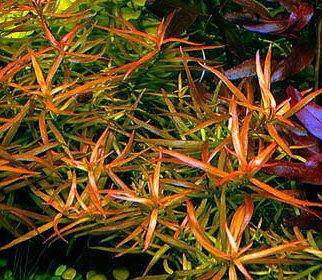
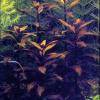 Ludwigia glandulosa
Ludwigia glandulosa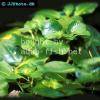 Ludwigia helminthorrhiza
Ludwigia helminthorrhiza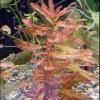 Ludwigia inclinata
Ludwigia inclinata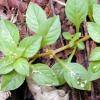 Ludwigia palustris
Ludwigia palustris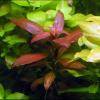 Ludwigia peruensis
Ludwigia peruensis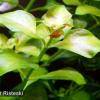 Ludwigia repens
Ludwigia repens